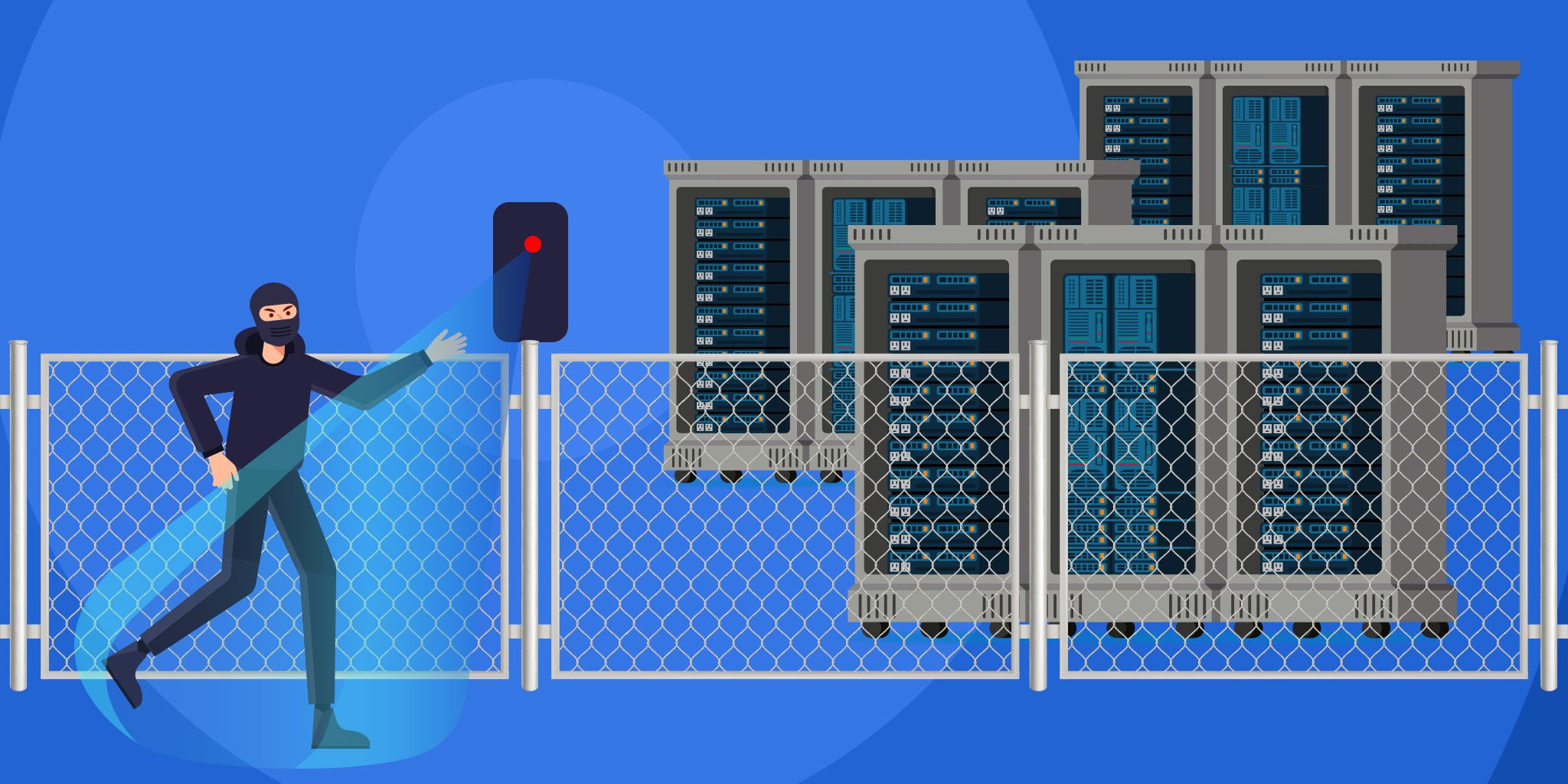Today's Building Blocks for Digital Trust
Today's Building Blocks for Digital Trust
- Last Updated: December 2, 2024
Srinivas Kumar
- Last Updated: December 2, 2024



Most organizations today know that the future is already here. Digital transformation is upon us, and there is no turning back. Much of the transformation within companies in the last few years was prompted by the necessity created by the pandemic and the rush to work remotely. According to a McKinsey Global Survey of executives, respondents say their companies accelerated the digitization of their customer and supply chain interactions and their internal operations by three to four years because of the pandemic.
Today, whether in the public or private sector, and in virtually every industry, new technologies are enabling us to work differently, but they are also creating new security challenges for everyone. The headlines are awash in news about security breaches and cyberattacks. An increase in attacks on critical infrastructure reveals just how much risk has increased in recent years. In IBM’s annual 2022 IBM Cost of a Data Breach Report, the report cites increased concern over critical infrastructure as a target for cyberattacks globally. The report says ransomware and destructive attacks comprised 28 percent of breaches experienced by critical infrastructure organizations last year.
'While digital trust is critical for security, it must be viewed as foundational for digital transformation and modern business strategy.' -DigiCert
The stakes are high, perhaps never higher. And as our environments become more complex, connected trust is essential to all types of business. To ensure that customers and partners deem their digital interactions and business processes safe and secure, our data must be trusted from the lowest levels all the way to the cloud. This means trust must extend beyond traditional perimeter boundaries to be embedded in IT infrastructures.
Why Digital Trust?
When building solutions have digital trust at their core, they require three elements:
- Authenticated Identity: Individuals, businesses, machines, workloads, containers, services, and anything that connects must be authenticated with a cryptographically unique identity.
- Integrity: Objects must be used and transmitted with tamper prevention as well as tools for verifying that the object hasn’t been altered.
- Encryption: Data must be secured in transit.
Solid construction starts with a reliable foundation. In digital trust, there are four building blocks of trust that apply to virtually any organization. It is essential for security and IT leaders to implement these foundational elements as part of their digital trust strategy. These building blocks for digital trust are standards, compliance and operations, trust management, and connected trust. Let’s look more closely at each.
Building Blocks of Digital Trust
Standards
Standards are not just about technology; they help determine best practices and define trust for a technology or industry in areas like user experience, data control and privacy, processes, and more.
Compliance and Operations
Compliance and operations define how an organization is governed, what controls they have in place to meet their own standards, how they verify that their partners comply with them, and how they report on this information. This set of activities establishes trust.
Trust Management
Trust management includes the tooling needed to enable the confident adoption of standards across an organization.
Connected Trust
Connected trust is how organizations can extend trust in connected networks, supply chains, and ecosystems to create greater insight and value.
Along with Public Key Infrastructure (PKI), a system of processes, technologies, and policies that allows you to encrypt and sign data, these foundational elements weave together the basis of trust for a digital world.
No Scale for the Future Without Digital Trust
A new report, the State of Digital Trust 2022 research report from ISACA finds almost all respondents (98 percent) believe in the importance of digital trust. But only 12 percent say that their organizations have dedicated staff for digital trust. Digital trust has become a higher priority because to ignore its importance is to put the organization at high risk. Trust, data management, and privacy are now fundamental to brand reputation. Unfortunately, all it takes is one cyberattack to have a lasting impact on business operations, reputation, or financial outcomes. Organizations that overlook digital trust could end up with millions of dollars in losses and reputational damages that take years to repair.
Digital trust in 2022 is more than just the creation and handling of digital certificates. Many new technologies have changed the way we do business and interact, from connected devices to remote work, artificial intelligence, and blockchain. But in order to truly benefit from new technologies, they must be used responsibly, with digital trust at the core of development and implementation.
While digital trust is critical for security, it must be viewed as foundational for digital transformation and modern business strategy. To move forward, digital trust solutions require a global, standards-based approach, protection, certificate lifecycle management for public and private trust, and the ability to extend into supply chains and connected ecosystems. Devices must also be built with digital trust embedded across the full lifecycle of their products. It is only through trust first that we can truly realize the potential of the technologies that enable business today.
The Most Comprehensive IoT Newsletter for Enterprises
Showcasing the highest-quality content, resources, news, and insights from the world of the Internet of Things. Subscribe to remain informed and up-to-date.
New Podcast Episode

Moving Past the Pilot Phase in IoT and AI
Related Articles





